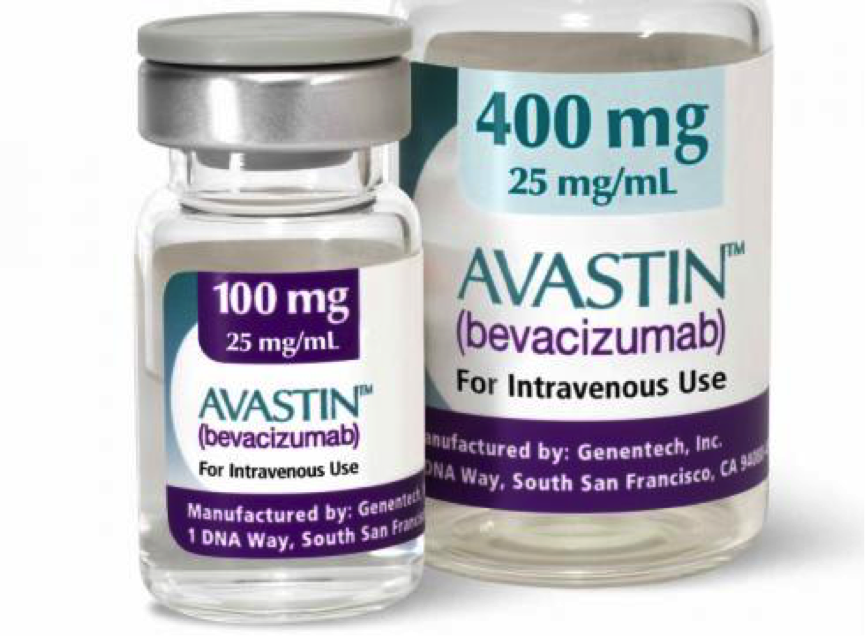Three different treatments for Wet Age-related Macular Degeneration – which one do I choose?
This post is the first part of a 3-part series on the different treatments for Wet Age-related Macular Degeneration.
Avastin – a new dawn
The treatment of wet age-related macular degeneration has been revolutionised by the discovery that blocking vascular endothelial growth factor reverses the development of leaking blood vessels under the retina seen in the condition.
How did we get to this discovery?
Avastin (bevacizumab) is a medicine that is used in the treatment of metastatic bowel cancer. It has been shown to inhibit the new blood vessel growth seen in these bowel tumours and is given intravenously. This observation was cleverly noted by eye disease researchers who thought that inhibiting new blood vessel growth in the retina would be a good idea in the treatment of wet age related macular degeneration as this was the main mechanism of damage seen in the condition.
The only way to get the medicine to its site of action effectively was to deliver it directly into the eye. Avastin is thus given by injection into the vitreous cavity of the eye (an intravitreal injection).
It needs to be given frequently (every 4 weeks) as it is metabolized quickly and its effect wear off.
Avastin is used off-label – this means that the medicine is not licensed for use in the eye. Its main license is in the treatment of cancers, which it was originally intended for.
So how do doctors legitimately use Avastin for wet age related macular degeneration?
If doctors have enough evidence that a drug is safe and clinically effective from research and studies, they are allowed to use that drug ‘off-label’.
They must inform the patient that it is being used off-label and why. However the manufacturers of the medicine do not endorse its use in this way.
So why use Avastin off-label in wet age related macular degeneration?
It costs significantly less than the licensed medicine Lucentis, which is the medicine manufactured for the purpose of treating wet age related macular degeneration.
This lower cost can be passed on to patients who are paying for their treatment privately. Avastin is widely used in the USA where some patients have to cover the costs of their treatment.
Is Avastin as effective as Lucentis in the treatment of wet age related macular degeneration?
The CATT study was conducted to answer this very question. The answer is probably yes. There is however some debate about whether Lucentis is better than Avastin when given on a monthly basis rather than as a when needed basis and whether it has less systemic side effects.
If you have any further questions about Avastin or wet age related macular degeneration treatments, please call me on 07919 895 448.
In my next post, I’ll discuss Lucentis – the powerhouse treatment for wet age related macular degeneration.


